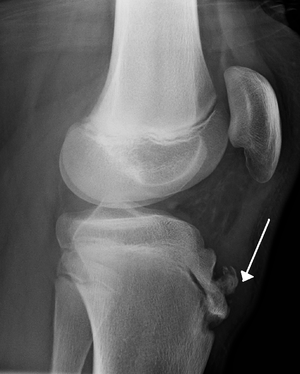
Clinical Case Descriptions

13 year old with Osgood-Schlatter disease
A patient I got the opportunity to observe during a discharge appointment of a 13 year old that had Osgood-Schlatter disease. As a 13 year old he was old enough to answer questions but his Mother was there and confirmed treatment. The boy was not very compliant with doing his exercise and following directions during treatment. He has pain affecting both knees the patella tendon, but he gets more pain on the right knee. He would have a hard time running and going up and down stairs, because of this he had difficulties participating in gym class and running in local running events such as the bellin 5k. During his appointment MMT was performed on hip flexors, adductors, abductors and knee extension and flexion. He was tested with his single leg stance for support and stability. We then went over his HEP of strengthening his hip abductors and balance. Also educating him on the importance of cross training to improve overall strength in different areas and reduce the repetitive stress on his patella tendon. Despite not being very compliant he did know and understand the HEP. When he does have more pain he does do the exercises more and he says it helps.

A patient I worked with was a 16 year old with fibromyalgia, POTS, chronic back pain, and depression. Due to her age she was required to have her Mother for the evaluation. This is to make her her Mother and her understand the plan of care. After her Mother confirmed the plan of care she was then allowed to be treated alone and from then on she drove and attended her appointments alone. POTS stands for postural orthostatic tachycardia syndrome and is classified as a change from lying to standing causing an abnormally large increase in heart rate. One of the main symptoms she had with this is she would get very dizzy and lightheaded with position changes. She then also had chronic pain in multiple spots due to fibromyalgia. Due to her conditions she is homeschooled and over the last month prior to her evaluation she had been bedridden. She came in very deconditioned. She is also very sensitive and aware of her pain. During treatment she scored 3/3+ on MMT of the hips and core and was unable to fire her transverse abdominis. The focus of her treatment was to get her active and manage pain. We educated her on neuroscience education. This is a way to teach and train the patient to look at and manage their pain in a different way by helping them understand how pain works in the body, why they hurt. Teaching her ways to help without pain medication. Ways like medication, diet, exercise, and doing activities that she enjoys. We got her on the nustep to get her so light aerobic exercise we needed to watch this closely. Aerobic exercise is an important step in managing chronic pain but with POTS we had to take it slow to build her tolerance. She handled it well without any increase of symptoms. Stretching and strengthening exercises for her consisted of hamstring, calf and pec stretch, bridging and prone W scapular retraction. To start her HEP was bridging and a walking program.